
In March 2023, councillors in the picturesque town of Lewes in the south east of England successfully passed a motion that recognises the legal rights of the River Ouse. It was a potentially transformative step for a stretch of water running 56km through East and West Sussex. A charter on the rights of the Ouse is now due, making it the first river in England to be granted legal status. Campaigners and councillors alike are looking to replicate this elsewhere in Britain in order to halt pollution from poorly regulated water companies, certain types of farming and other sources, and give Britain’s degraded rivers and streams a fighting chance of recovery, after years of neglect and ecological decline.
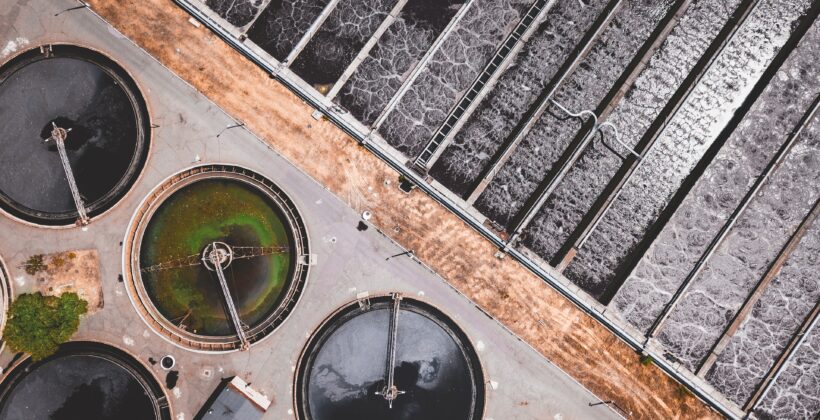
While the Ouse may become the first English river to be given legal rights, it faces the same challenges as the rest of Britain’s rivers. Data from the Environmental Agency found that in 2019, every river in England failed the chemical pollution test, and just 14 percent of these rivers were considered of ‘good ecological standard’. In 2016, just three years prior, 97 percent of English rivers were deemed to have good chemical status, although the testing is now considered more rigorous.
The decline of Britain’s streams and rivers should come as no surprise. As one study made starkly clear, around eleven billion litres of raw sewage were discharged by just 30 water treatment works in 2020 in the UK. That’s the equivalent of 4,352 Olympic swimming pools of sewage. These cumulative nation-wide figures have disastrous local impacts. The River Lim in Dorset was recently declared “ecologically dead” after sewage spills increased by threefold in less than a year.
Sewage dumping, chemical pollution from industry, and agricultural run-off are all pushing England’s rivers to the brink of collapse – and these trends are visible in other nations, from the USA to India. Current wastewater treatment targets and enforceable legislative mechanisms are insufficient to protect these vital ecosystems.
Many of the environmental challenges that humanity currently faces are deeply connected to water, from climate change to biodiversity loss. The depletion and disruption of water can also unleash a whole host of human suffering through war and displacement. As experts have recently argued, defining, valuing, and properly governing water as a global common good is essential for human flourishing and bringing the Sustainable Development Goals (SDGs) within reach. But would conferring legal rights on rivers help achieve this?
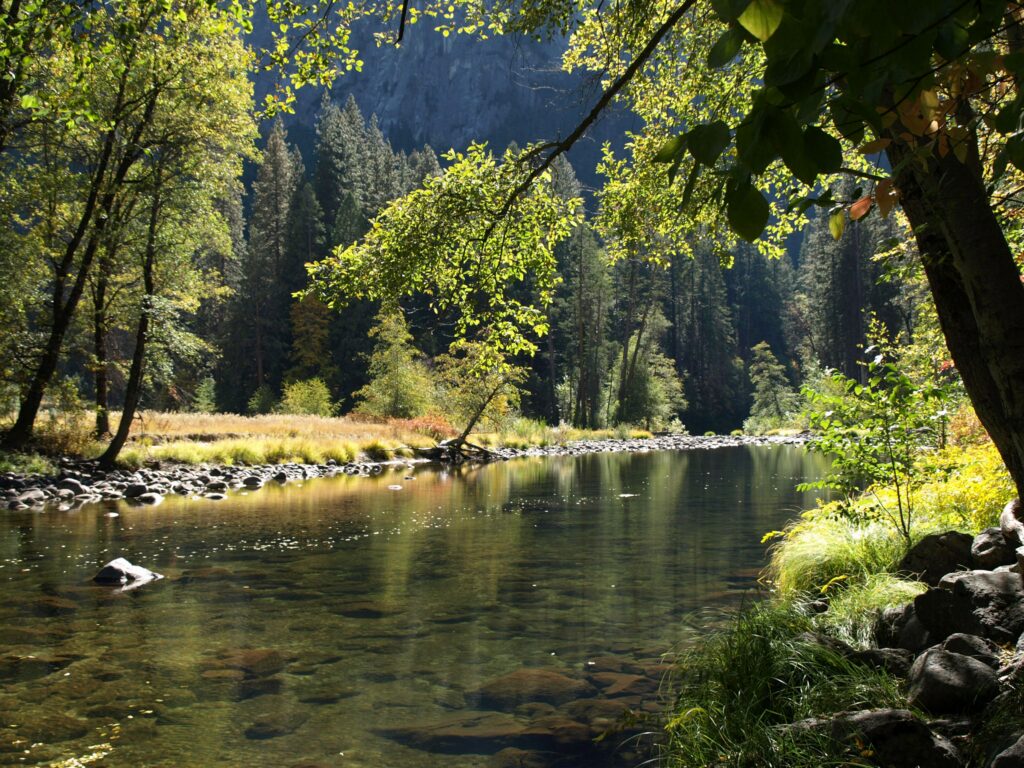
Giving rivers, or other ecosystems, legal rights is nothing new. Back in 2017, the New Zealand government granted legal personhood to the Whanganui River as part of a settlement deal with the indigenous Maori community. The Whanganui River has always been a vital route for the Maori people, who attempted to prevent the New Zealand government from developing it as far back as 1883. They petitioned the government, claiming violations of their rights, and, when this failed, they turned to direct action, obstructing work and refusing offers of compensation. The Whanganui Maori have a well-known saying: ‘Ko au te awa, ko te awa ko au’ which translates to ‘I am the river, and the river is me’. For this community, the rights of the river are inseparable from their own.
The legal precedent established in New Zealand has enabled legal developments elsewhere, including in Bangladesh, where in 2019 the government gave all of its 700 rivers legal rights. Similar processes are underway in India, Nepal, Bolivia, Ecuador, Columbia, Australia, Europe, Canada, and the USA. In many of these places, indigenous communities have been at the heart of the push towards giving nature legal standing. Within many indigenous communities, nature in all its forms – from rivers to mountains – have inherent mystical and spiritual characteristics due to their centrality within ecosystems, indigenous histories, and belief systems.
In some locations, bestowing rights to rivers has helped stem degradation. In Ecuador, the Vilcabamba River was granted legal rights in 2011, and since then, there has been a significant reduction in illegal mining and other activities that were causing damage to the river. While in many cases it remains too soon to see the impact of giving rivers legal standing due to the long time frames of environmental recovery, campaigners and practitioners remain optimistic over the growing momentum.
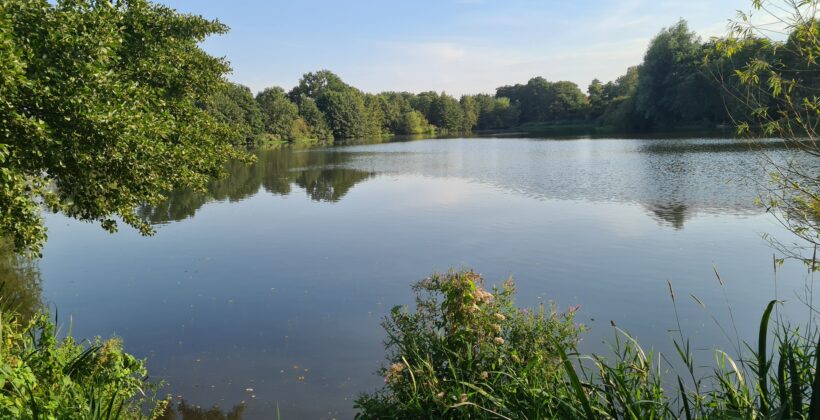
Giving nature legal standing is not that radical. Throughout the world, humanity has endowed non-human entities with legal rights, such as businesses, properties, boats, and nation states. If anything, largely missing-out nature, on which we depend for the conditions of life, in the distribution of direct rights, while giving rights to abstract entities like companies, has been an odd oversight and perverse statement of priorities.
These legal rights often comprise three elements: legal standing (the right to sue and be sued in court), the right to enter and enforce legal contracts, and the right to own property. Some legal persons, such as adults, can also be held legally responsible and exercise legal competences by entering into contracts, for instance.
However, rivers and streams are unable to do this, so their legal standing is often considered to be indirect rather than direct. To get around this issue within specific legal systems, states have created legal entities that are tasked with managing and protecting rivers. In the Australian state of Victoria, the local government created the Victorian Environmental Water Holder in order to “efficiently manage Victoria’s environmental water entitlements to improve the values and health of Victoria’s aquatic ecosystems.” The New Zealand case outlined above bestowed legal rights on the river itself by setting up a legal person entitled Te Awa Tupua, which constitutes ‘an indivisible and living whole, comprising the Whanganui River from the mountains to the sea, incorporating its tributaries and all its physical and metaphysical elements’. Both of these direct and indirect applications of legal standing have implications for rivers, water, and the natural and human systems they support.
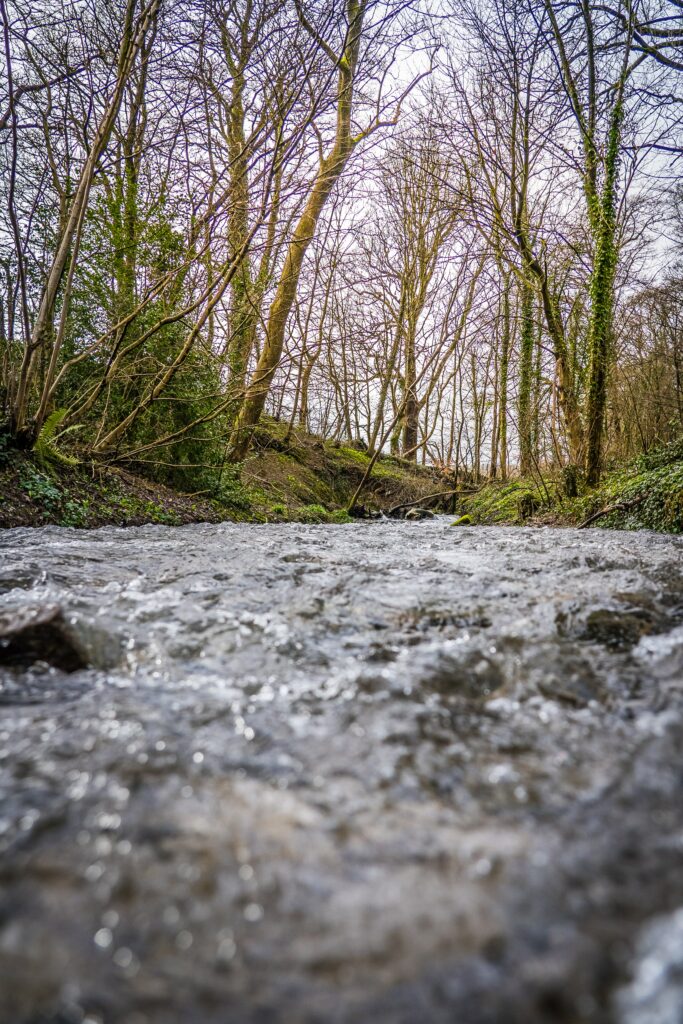
Giving rivers rights and protecting them in law not only acknowledges the importance these sites play to indigenous communities and other communities that live close by, but it can also be a means to protect them from pollution and other threats. This legal development marks a shift from seeing natural resources as property to be owned and extracted from, to seeing nature as having intrinsic value that is codified in law as a common good.
The ‘Rights of Nature’ movement can be traced back to the 1970s, when the concept of ecological rights emerged in direct response to the accelerating environmental crisis. But it wasn’t until the 2000s that the rights of nature really took off, with the adoption of the first laws recognising the legal rights of nature in Bolivia and Ecuador as part of the Buen Vivir (good way of living) movement. Since then, countries all around the world have begun adopting similar frameworks in order to recognise and protect the inherent rights of nature.
Recognising the value of water and protecting its sources is essential for human flourishing in our warming world. A recent report from the Global Commission on the Economics of Water found that by 2030, demand for fresh water will outstrip supply by as much as 40 percent. To address this emerging crisis, the same report urged governments around the world to stop subsidising the extraction and overuse of water through misdirected agricultural subsidies and overhaul the wasteful practices of large industries.
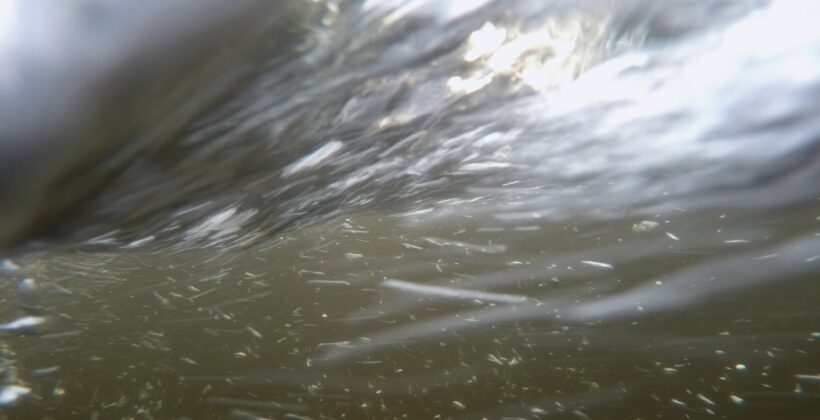
Pollution isn’t the only challenge facing the world’s rivers. The impacts of climate change are altering water flows, and rising global temperatures are drying up many great rivers. In 2022, a series of extreme droughts led to parts of the Yangtze River in China drying up, cutting off the country’s hydropower stations, disrupting key shipping routes, and limiting water supplies for millions of people. Similar trends are visible among some of Europe’s biggest rivers, from the Danube to the Rhine, which are reaching new lows every summer, curtailing agricultural yields, disrupting commerce and energy, and damaging freshwater ecosystems. All around the world, communities are being impacted by droughts and water scarcity. It is not something that happens “elsewhere” to “other people” – it impacts us all.
Rising global temperatures are transforming evaporation patterns and reducing the moisture feedback from forests. Some ice sheets and glaciers, such as the Tibetan ice sheet, are coming under increasing pressure that will disrupt the supply of water for billions of people and potentially cause additional health risks downstream due to bacteria. The depletion of water supplies and destabilisation of the global water cycle are exacerbating climate change by reducing the ability of soils and forests to capture and sequester carbon.
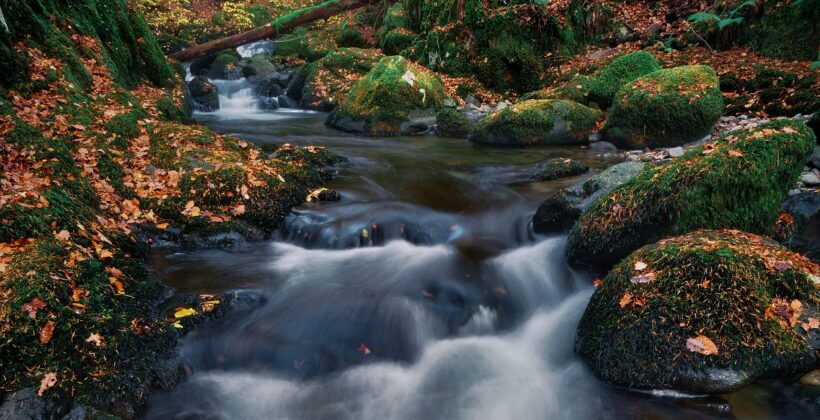
Slowly but surely people are acknowledging the importance of water conservation. After all, water is the lifeblood of our planet, keeping every human, animal and plant alive. Water plays a vital role in the carbon and soil cycles, helping to regulate a climate which is threatening to break down. But human-driven pressures, from climate change to pollution, are pushing the water cycle off kilter and threatening its very existence.
Acknowledging the inherent value of water, while also acknowledging the threats it faces, highlights the need for a new approach. Current regulation has failed to protect water and politicians continue to hold up their hands and plead that there is nothing they can do to turn the tide. Yet giving water legal standing could be an important step in building a new economy around water, with the notion that streams, rivers and oceans are a global common good rather than the current model of deeming water as a public good. Experts argue that seeing water as a public good undervalues water “in that one person’s access does not limit another’s” despite water being a finite resource. As a result, excessive, unsustainable and inequitable use of water is incentivised. Giving water legal standing could recalibrate the value put on water, seeing it as a natural asset that generates functions and services for human well being.
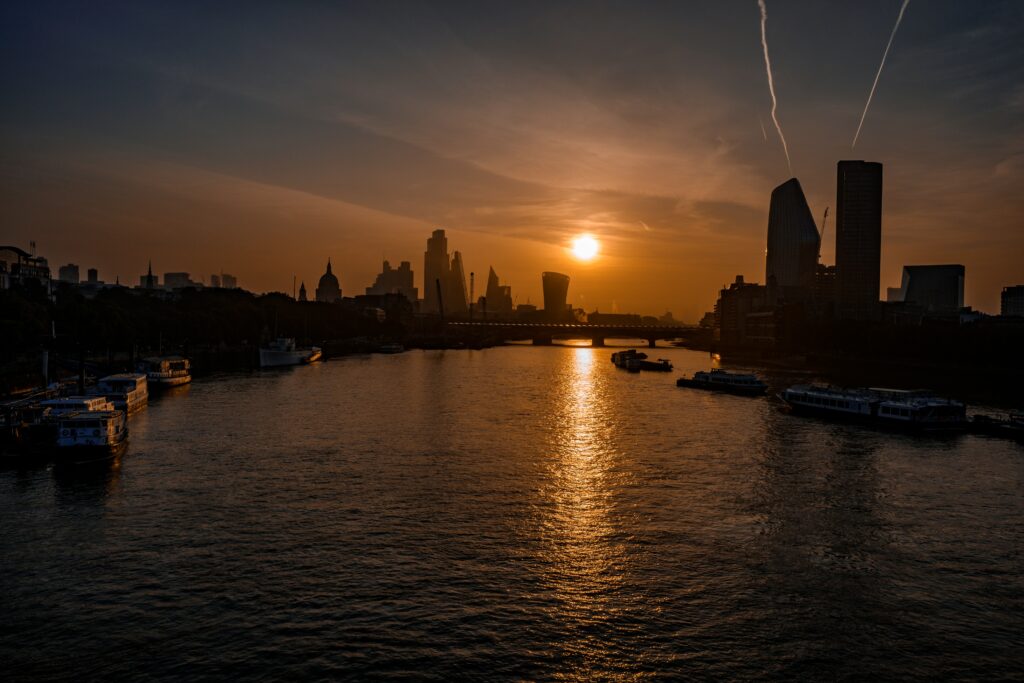
With threats facing the natural world now unignorable, some nations are going beyond bestowing legal rights to natural environments and embedded the rights of nature into their constitutions. Ecuador was the first nation in the world to embed the legal rights of nature into their constitution, under Chapter 7, Articles 71 to 74, which recognises the rights of “Pachamama”, or Mother Earth, to “maintain and generate its cycles, structure, functions, and evolutionary processes”.
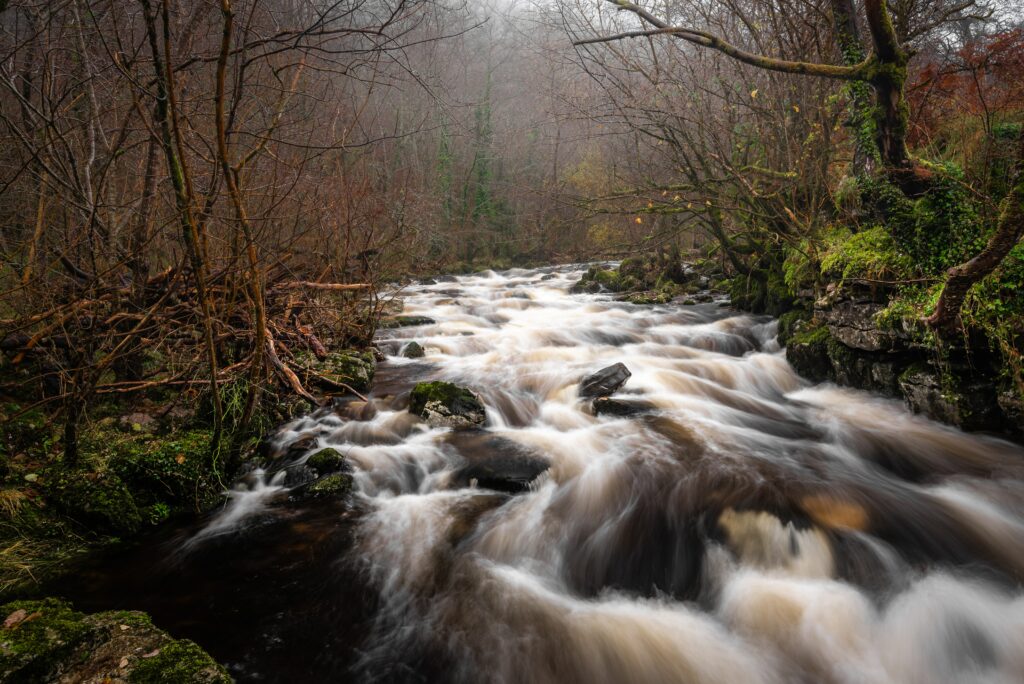
The island of Aruba, in the mid-south Caribbean Sea, initiated the legislative process of adding the Rights of Nature into the Aruban Constitution in 2023. Commenting on the move from the Aruban government, Mr. Ursell Arends, the minister of nature in Aruba, said that “together, we can restore the balance between people and Nature, taking care of what belongs to us. We are not giving any rights to Nature. Nature has rights. This is a first step toward acknowledging that.”
Rights of nature have always been an essential part of Indigenous peoples’ worldviews, reflected and passed down over generations through language, songs, art, traditional economic and customary laws. The personhood of nature within indigenous worldviews makes the defence of nature a necessity; as we are all interconnected with the natural world, the wellbeing of other species is deeply intertwined with the wellbeing of humans. The opposite, of course, is also true: that the destruction of the natural world threatens humanity’s own survival. The science on planetary boundaries, tipping points, and ecological well being all provide evidence for these ideas.
Indigenous communities are oft-cited as the most effective protectors of the natural world. Despite making up five percent of the global population, these communities protect around 80 percent of the world’s remaining biodiversity. As a result, international climate agreements and national governments have been quick to give indigenous communities a platform under the premise of empowering these communities to continue to defend nature.
While this is most likely well-intentioned, there is a real risk of both fetishing indigenous communities while outsourcing the responsibility to protect nature to communities that continue to suffer at the hands of colonialism, racism, and climate change. Instead, governments and citizens should follow their lead, recognising the role and power of nature and our deep reliance upon it. But to effectively follow their lead, we must create effective means of redressing indigenous communities for the wrongs of the past, eliminate the violence and discrimination these groups face today, and recognise indigenous peoples’ right to self-determination.
Written by Freddie Daley, @Fred_Daley